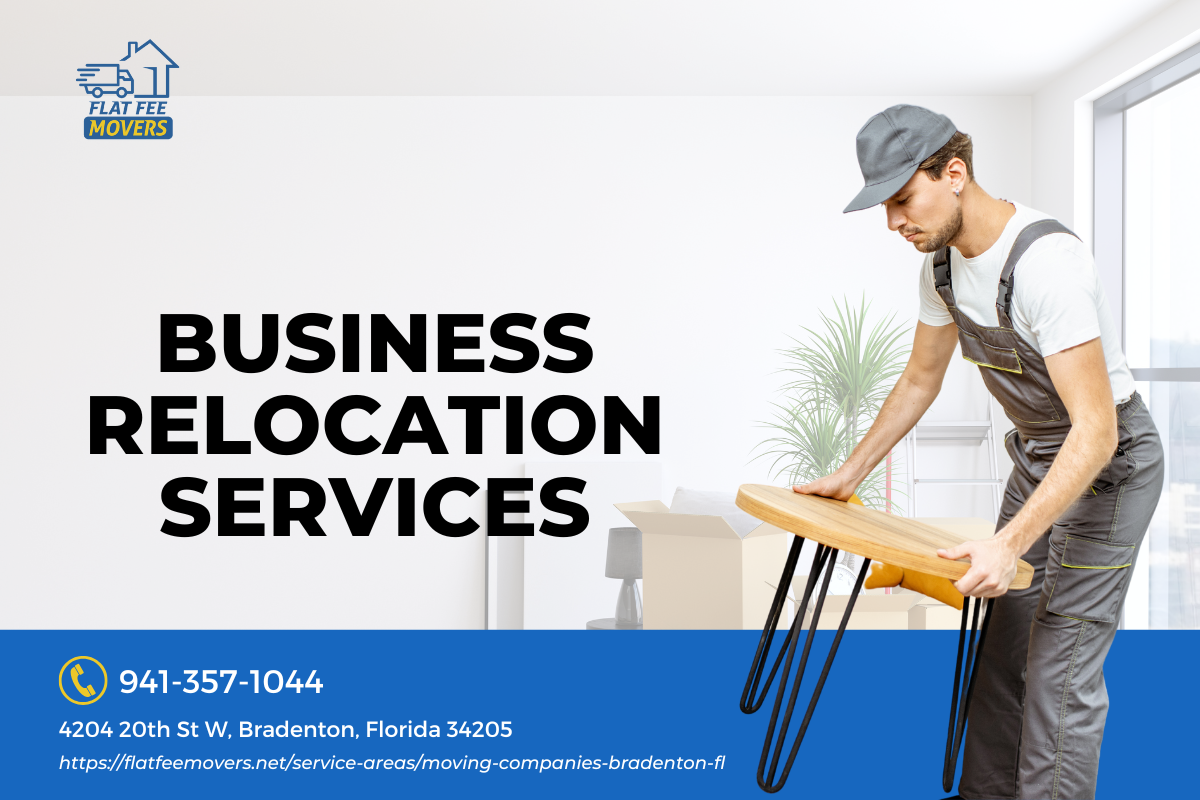
Commercial Moving Dos and Don'ts: Expert Advice for a Smooth Transition

Introduction
Moving your business to a new location can be an exciting yet challenging endeavor. Whether you're expanding to a larger office or relocating to a more strategic location, commercial moving requires careful planning and execution. To ensure a smooth transition, it's essential to follow certain dos and don'ts. In this article, we will provide expert advice on how to make your commercial move as seamless as possible.
Commercial Moving Dos
1. Start Planning Early
One of the most crucial dos when it comes to commercial moving is to start planning early. The earlier you begin the process, the more time you'll have to organize every aspect of your move. Create a detailed timeline and break down tasks into manageable steps. This will help you stay organized and ensure that nothing falls through the cracks.
2. Hire Professional Commercial Movers
When it comes to commercial moving, hiring professional movers is an absolute must. Look for reputable commercial movers in your area, such as Commercial Movers Bradenton, who specialize in handling business relocations. They have the experience and expertise to handle the unique challenges of moving office furniture, equipment, and sensitive documents.
3. Conduct a Thorough Inventory
Before your move, take the time to conduct a thorough inventory of all your office belongings. This will help you determine what needs to be moved, what can be discarded or donated, and what needs special care during transportation. A detailed inventory will also come in handy when it's time to unpack at your new location.
4. Label Everything Clearly
To streamline the unpacking process, make sure to label everything clearly. Use color-coded labels or numbering systems to indicate which boxes belong in specific areas of your new office. This will save you time and effort when setting up your new workspace.
5. Communicate with Your Employees
Open and transparent communication with your employees is essential during a commercial move. Keep them informed about the details of the relocation, including the timeline, new address, and any changes in their work environment. Encourage them to ask questions and address any concerns they may have.
6. Update Your Business Information
Don't forget to update your business information across all platforms. Update your website, Google My Business listing, and any other online directories where your business is listed. This will ensure that customers can find you at your new location and avoid any confusion.
Commercial Moving Don'ts
1. Procrastinate
One of the biggest don'ts in commercial moving is procrastinating. Waiting until the last minute to start planning and organizing can lead to unnecessary stress and complications. Give yourself ample time to prepare for the move so that you can tackle each task methodically.
2. Overlook Insurance Coverage
Insurance coverage is often overlooked during a commercial move. It's crucial to review your current insurance policies and ensure that they provide adequate coverage for your belongings during transportation. If necessary, consider purchasing additional coverage or updating your existing policies.
3. Neglect IT Infrastructure
In today's digital age, neglecting your IT infrastructure during a move can be disastrous for your business operations. Make sure to involve your IT team or an external IT service provider in the planning process to ensure a smooth transition of your technology systems.
4. Forget to Inform Vendors and Suppliers
Don't forget to inform your vendors and suppliers about your upcoming move. Provide them with your new address and any changes in contact information to avoid interruptions in supplies or deliveries.
5. Underestimate Downtime
Commercial moves often result in some downtime for businesses. It's important not to underestimate the amount of time it will take for you to fully settle into your new location and resume normal operations. Plan for this downtime and communicate with your clients or customers accordingly.
6. Fail to Communicate with Clients
In addition to communicating with your employees, it's crucial to inform your clients or customers about your move. Send out email notifications, update your social media accounts, and display signage at your current location to ensure that everyone is aware of the impending relocation.
FAQs
Q: How far in advance should I start planning my commercial move?
A: It's recommended to start planning your commercial move at least three to six months in advance. This will give you enough time to arrange all the necessary details and avoid any last-minute complications.
Q: Can I handle a commercial move on my own without hiring professional movers?
A: While it may be tempting to handle a commercial move on your own, it's highly recommended to hire professional movers. They have the expertise and equipment required to safely and efficiently transport your office belongings.
Q: What should I do with items that I no longer need during the move?
A: Before your move, take the opportunity to declutter and get rid of any items you no longer need. You can donate them, sell them, or discard them responsibly.
Q: How can I minimize downtime during a commercial move?
A: To minimize downtime during a commercial move, plan ahead and prioritize tasks. Make sure you have a detailed timeline in place and allocate resources accordingly. Additionally, consider setting up temporary workspaces at your new location to keep business operations running smoothly.
Q: Should I inform my clients about my upcoming commercial move?
A: Yes, it's essential to inform your clients about your upcoming commercial move. Communication is key in maintaining strong relationships with your clients and ensuring a smooth transition.
Q: What steps should I take after the move is complete?
A: After the move is complete, conduct a thorough inspection of your new office space to ensure everything is in order. Update your business information, unpack and set up your workspace, and resume normal operations as soon as possible.
Conclusion
Commercial moving can be a complex process, but with the right dos and don'ts in mind, you can navigate it successfully. Starting planning early, hiring professional commercial movers, and communicating effectively with your employees and clients are key factors for a smooth transition. Avoiding procrastination, neglecting IT infrastructure, and underestimating downtime will help you avoid common pitfalls. By following these expert tips, you can ensure that your commercial move is seamless and hassle-free.